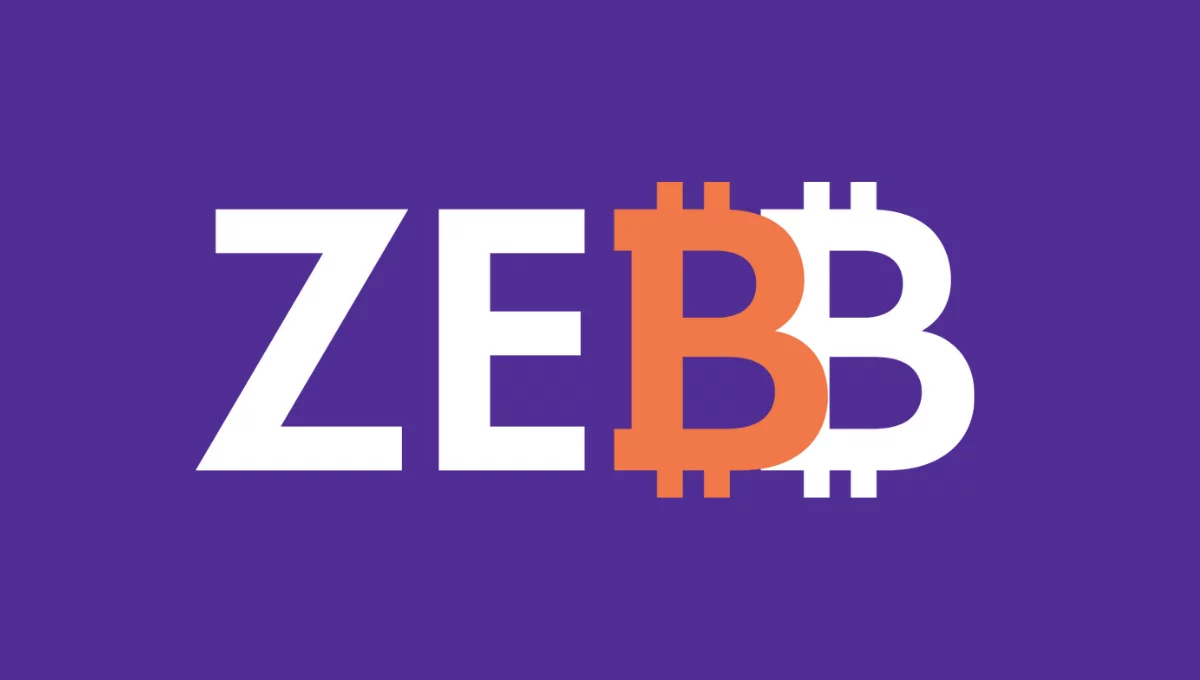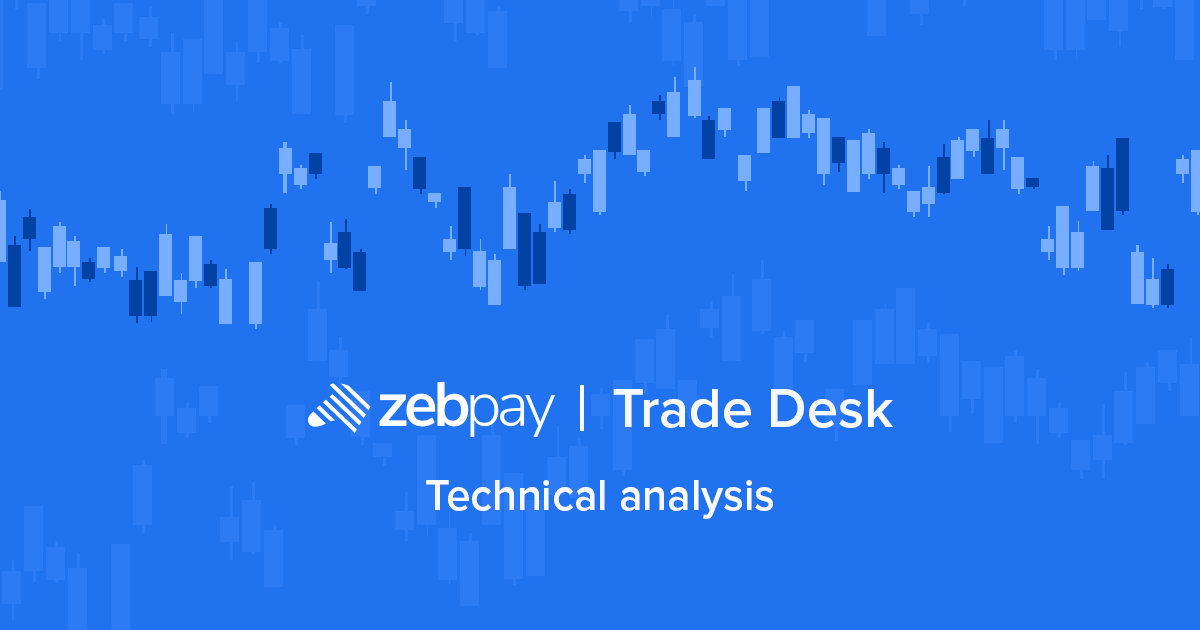14 April 2021| ZebPay Trade-Desk
Conceptually, lending and borrowing are terms that continue to hold the same definition and purpose, be it in the realm of traditional, centralized financial systems, or in the space of DeFI and digital currencies. In essence, it follows the act of one party providing monetary assets, that could be fiat or digital currencies, in exchange for a steady income stream for another party. Hence, the idea is fairly simple and straightforward, the lender provides funds, to a borrower, in return for a regular interest rate, and that is basically it. However, traditionally, this deal is facilitated by a financial institution such as a bank or professional money lenders. When it comes to the digital space, the methodology in the cryptocurrency space is slightly different. Lending and borrowing can be facilitated in two ways, one through a centralized finance institution, such as BlockFi, or through the support of decentralized finance protocols such as Maker or Aave. How these DeFI protocols work, have been addressed in one of our previous reports, and can be found here. CeFi platforms, though fairly decentralized in this case, work almost in the same way banks do, whereby they take custody of an individual’s deposited assets, and then loan it out to a third party, in exchange of providing the original depositor with steady returns. Though it works, this model is prone to a number of issues, such as thefts, hacks, insider jobs, etc. Interestingly, DeFi protocols allow its users to become lenders or borrowers in a completely decentralized manner, which means that an individual always has complete control of their funds at any given point in time. Smart contracts that operate on open blockchain solutions such as Ethereum, enable this functionality. Another USP of DeFi platforms is the fact that they can be used by anyone, anywhere without them having to hand over their personal data to a central authority or administrator.
Operably speaking, the process of designing and enabling the protocol to carry out such dealing is quite complex. But in rather naive terms, an individual must send the tokens he/she wishes to lend into the “money market” with the help of a smart contract, which in turn issues interest in the platform’s native token. When using DeFi protocols such as Maker or Aave, users who want to be “lenders” have to supply their tokens into what is called a “money market.” To do so, they need to send their assets to a smart contract, which will then serve as an automated digital intermediary, which will enable the coins to become available to other users for borrowing. The said smart contract issues interest tokens that are released automatically to the user and can be redeemed at a later date, in exchange for one’s underlying assets. These minted tokens are native to the platform they are governed by, for example, in Aave the interest tokens are known as aTokens, whereas on Maker it is Dai. Most of the loans issued (lender) via the native tokens tend to be over collateralized, meaning that users who wish to borrow funds must provide a guarantee, in the form of crypto, which is value terms worth more than the sum of the actual loan itself. This may seem absurd at first, but there is a good reason for this setup. Firstly, users need to account for any unforeseen expenses they have to incur, when why choose not to sell their holdings, as the assets may increase in value over time. Similarly, by borrowing via DeFi protocols, individuals tend to avoid or at times delay paying capital gains taxes on their digital tokens. Lastly, individuals deploy funds borrowed via DeFi platforms to increase their leverage on certain trading positions as well.
The fundamental question of how interest is determined and rolled out on these DeFI platforms is one of utmost importance, both to the user as well as the administrators of the protocol itself. An individual picks a coin they want to lend, as well as the smart contract using a DeFi application, post which the interest (coins) is sent directly to the corresponding wallet. The interest rate is calculated by using the ratio that exists between the supplied and borrowed tokens in a particular market. Moreover, often, the borrowed annual percentage yield is higher than the supply APY in relation to a particular market. Interest APYs are determined per Ethereum block, hence, DeFi lending entails users being provided with variable interest rates that can change drastically based on the lending and borrowing demand for particular tokens. Some protocols, like Aave, offer users a stable “borrow APY” and flash loans, for which no upfront collateral is required, allowing small investors to participate in the protocol’s dynamics as well.
DeFi protocols present some risks. One of them is third-party smart contract tampering, coupled with the risk of volatile borrowing APYs that can change drastically in short time periods. Compared with centralized finance, there don’t seem to be any practical dangers associated with DeFi lending, but there are certain smart contract risks. For example, during the 2020’s “yield farming” DeFI craze, borrow APYs on certain cryptocurrencies were up over 40%. This must have caused some unaware, naive users, who may not track their interest rates daily to repay much higher than what they might have initially expected. There is a limit on how much one can borrow, and two primary factors govern what that amount might be. First, the size of the total fund pool available for borrowing from a particular market. While this may not be a major issue, it could become a factor if somebody borrows an unusually large quantum of coins from the pool. Secondly, the dependency on the “collateral factor” of one’s supplied tokens. This is the total amount of funds that can be borrowed based on the quality of the collateral provided. For example, Dai and Ether (ETH) have a collateral factor of 75% on the DeFi lending platform Compound, which means that users can take a loan of up to 75% of the value of their supplied Dai or ETH. Overall, while the entire process of lending and borrowing using DeFi platforms is fairly simple, there are certain small differences in terms of how each specific protocol operates, for example, the various wallets they support, applicable fees, etc..
Less prone to failure and more efficient, decentralized financial systems have provided a considerable improvement over the more standardized way of engaging in lending and borrowing activities. The decentralized ecosystem is growing globally, especially since over the years they have become more affordable as the technology has evolved. However, users must be cautious, study the protocol on which they choose to lend/borrow, monitor APYs on a regular basis, and ensure that they have inserted the correct wallet numbers and address details so as not to end up losing their funds since there is no way to recover them in such a scenario.
References:
Disclaimer : This report is not intended to be relied upon as advice to investors or potential investors and does not take into account the investment objectives, financial situation or needs of any investor. All investors should consider such factors in consultation with a professional advisor of their choosing when deciding if an investment is appropriate. The Company has prepared this report based on information available to it, including information derived from public sources that have not been independently verified. No representation or warranty, express or implied, is provided in relation to the fairness, accuracy, correctness, completeness or reliability of the information, opinions or conclusions expressed herein. This report is preliminary and subject to change; the Company undertakes no obligation to update or revise the reports to reflect events or circumstances that arise after the date made or to reflect the occurrence of unanticipated events. Trading & Investments in cryptocurrencies viz. Bitcoin, Bitcoin Cash, Ethereum etc.are very speculative and are subject to market risks. The analysis by Author is for informational purposes only and should not be treated as investment advice




